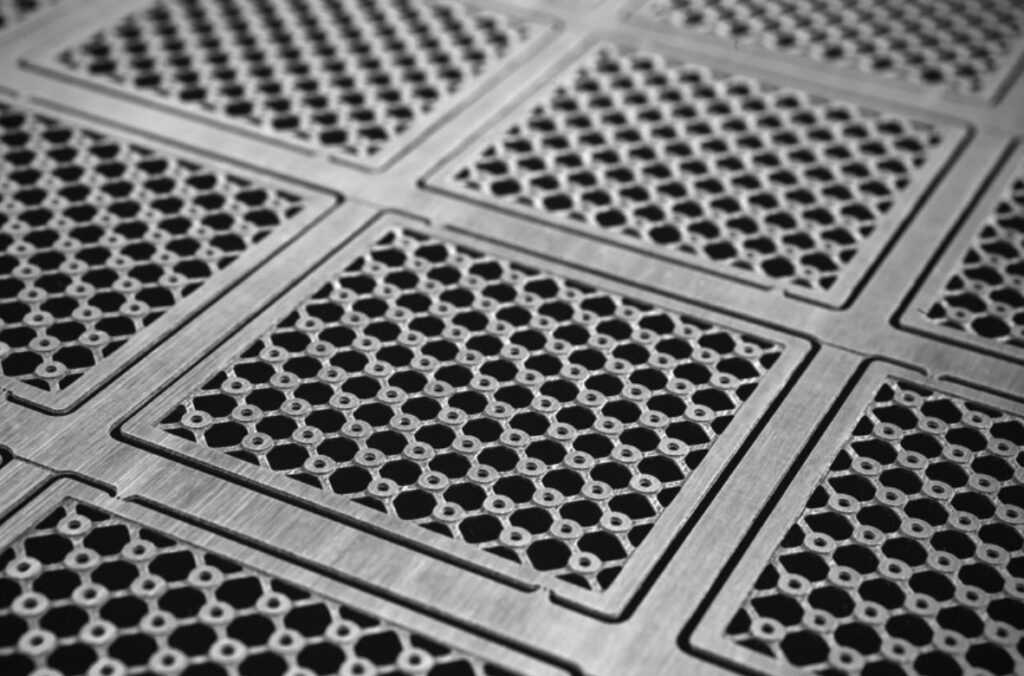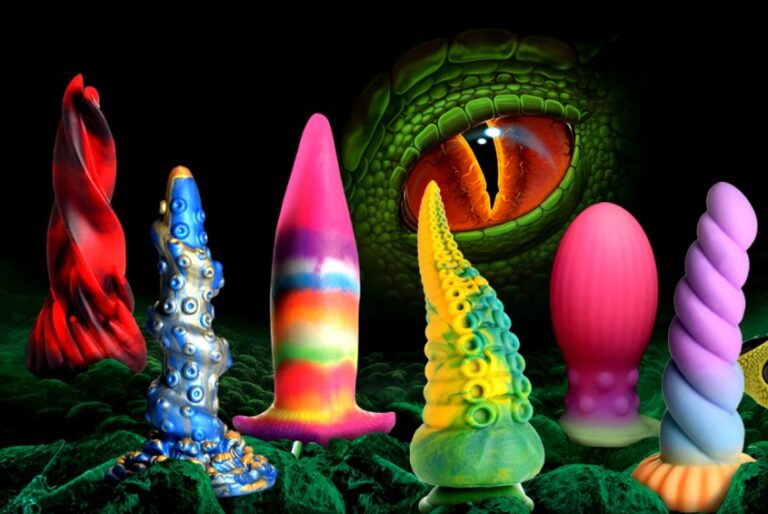Metal etching is a process that can be seen all over the place. The thing is we encounter a product that underwent it all the time, but how much do we actually know about it? When you think about it, probably very little or nothing. This is not a surprise. Because if you’re not working in the industry, or are not a big fan of products created by this process, there is no way to know this. It is not common knowledge, after all. No, we’re not saying there are some magical properties to it. It’s not Valyrian steel after all.
But, even despite the lack of magic, it takes some effort and a learning process to understand what it is. As we said, it’s not something you’ll encounter on your own. You need to develop an interest in it and learn a few things. Luckily for you here we are talking about it. Considering you’re reading this article you have already developed an interest in this subject. This is why you’ll find our four tips for understanding the metal etching and etching process quite an interesting read. There’s plenty to know about this subject, and we hope that we’ll cover just enough to keep your attention for a while.
1. It’s A Chemical Process
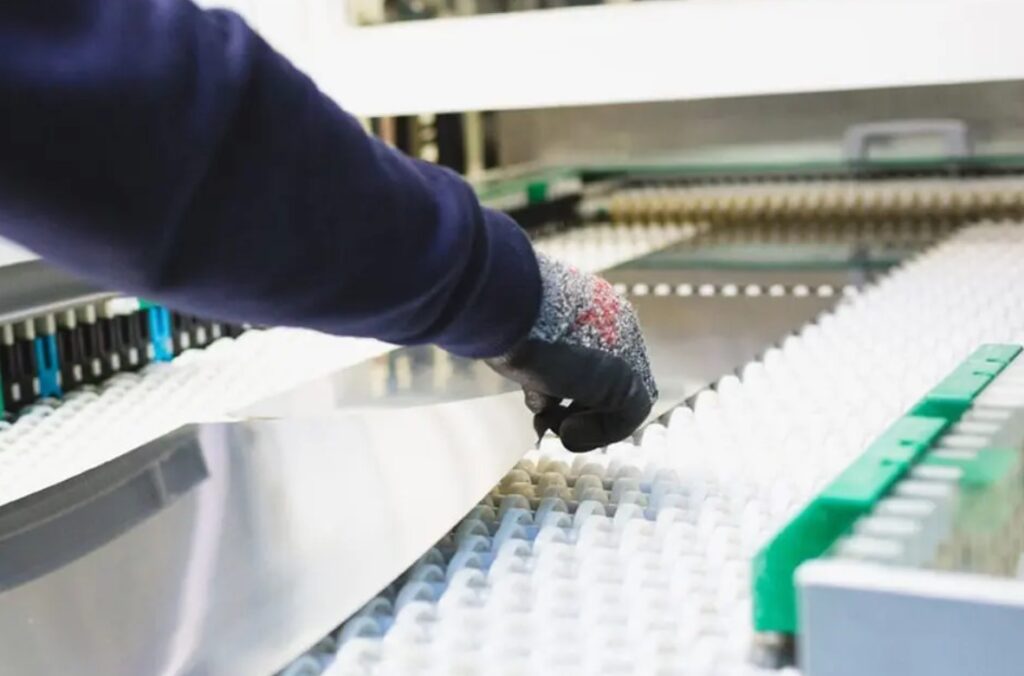
When you say to someone that you’re into metal etching, they probably won’t know what you’re talking about. For some, it might be some sort of music direction. Do you know? Metal? Metallica? Iron Maiden? But no. We’ll need to disappoint those folks. We’re not talking about the music. Instead, we’re trying to give you an insight into a chemical process. Metal etching is a process in which you design metal objects by making cuts on them by applying chemicals onto their surface. This is a great way to make interesting things out of metal including jewelry. Those who are experts in this domain can even make art out of it, or transfer some of your photos onto the metal plates. If you’re looking for someone who could do the work for you, we know some folks who are into acid metal etching. That’s just one of the ways to do it. This is such a diversified activity that it doesn’t stop thrilling us.
2. Can You Etch All The Metals
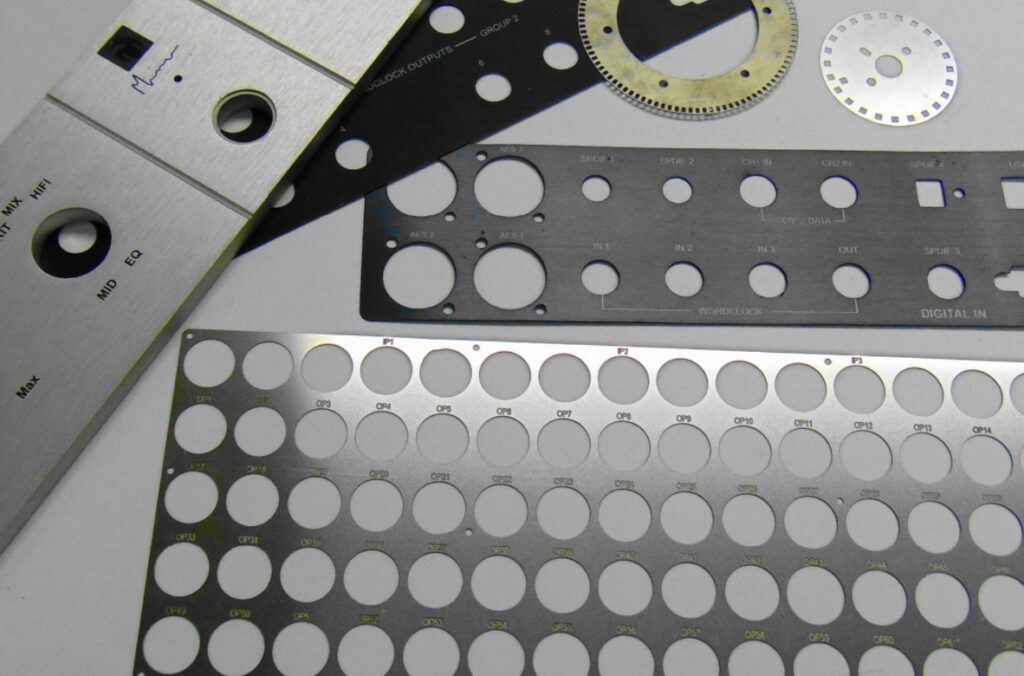
We don’t want to disappoint you, but the answer is not. There are too many metals on this planet, and some of them maybe haven’t even have been tested. Besides, some of those that we know of, are too solid to be influenced in this way. But, that doesn’t take any o of the fun from this process. We still have plenty of metals that can be tampered with by etching. Some of those that are best suited to be a part of this process, and that give the best results include brass, copper, silver, aluminum, gold, nickel, and even steel and titanium. As you can see your options are not limited. There are little things in this world that can take the fun out of metal etching.
3. It Takes Plenty of Chemistry Knowledge
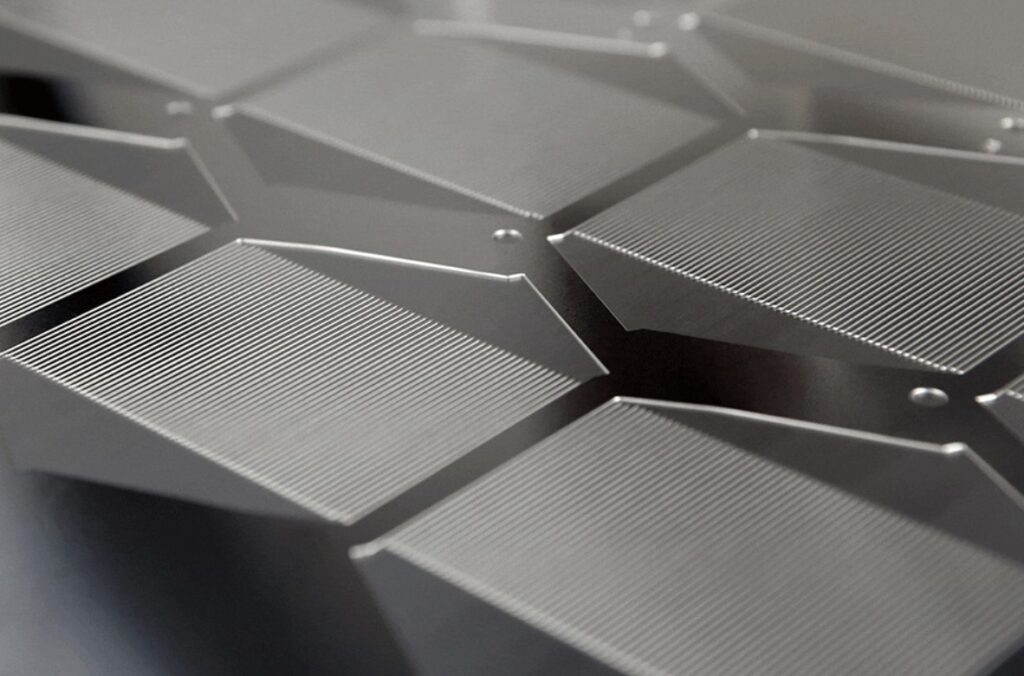
Now, you don’t have to be a university professor in the chemistry department, but when working on etching you need to be knowledgeable and above all else, careful. To be able to cut through certain metals you need the right mixture of chemicals. It’s not like mixing salt and water. No, it is a bit more complicated than that. Don’t be afraid, it’s also not close to the druid’s potion from Asterix & Obelix, either. But, you need to know which metals react to which acids. The same mixture won’t work on silver and steel for example. If this subject has your attention, we’re sure you’ll try to etch metal sooner than later. We beg for your attention before you start the process, which shouldn’t be done before you’ll well enough be versed in dealing with chemicals, acids, and heavy metals.
4. Understand The Process
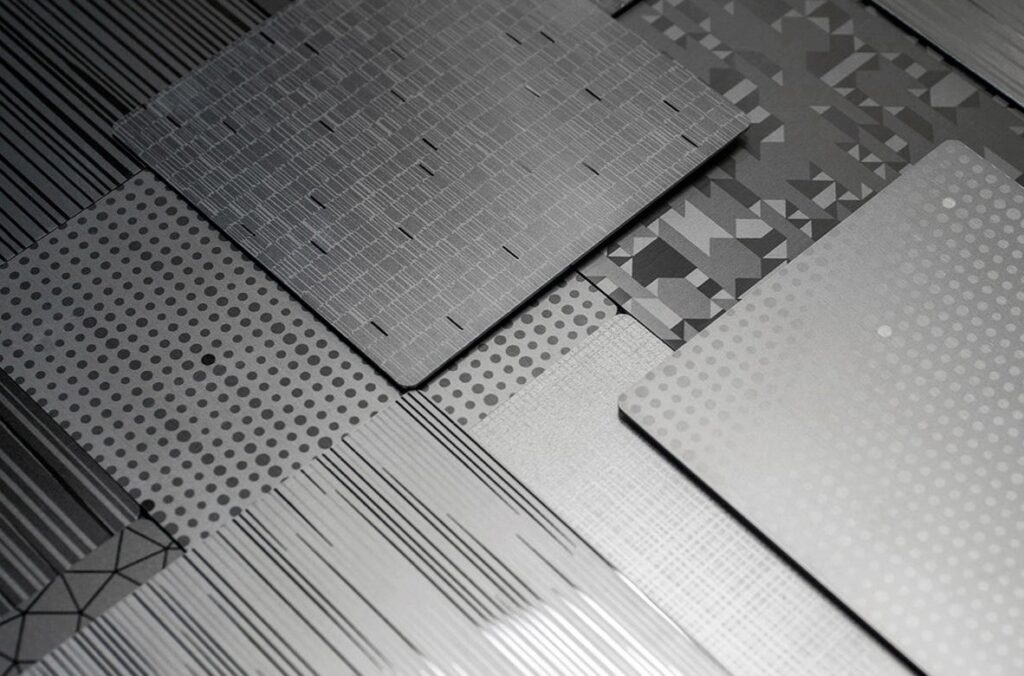
This is the essence. It’s not that you just have to mix acids with metal and voila. No, it’s nothing like that. Many things in this process rely on preparation. Before anything else, you need to do some cleaning. The metal surface needs to be in a top condition free of any oil traces, rust, grease, or any other residue. Cleaning is vital because if you don’t pay enough attention, the final product will lack perfection. Also, if the residue on its surface is also a chemical on its own, the reaction might be unexpected, and you don’t want that. It is vital that after cleaning you even avoid touching the metal with your bare hands.
The step that follows this one is lamination. Another essential step, as it requires you to cover parts of the metal that won’t be etched by a dry film photoresist. Once you have done this, you can move forward with the process. Moving forward means that you’ll be dealing with exposure next. This means that the cleaned and laminated material is going to be positioned between two masks.
When we say masks, we’re talking about the glass or mylar components that are used to keep the material in place during its exposure to the process.
Once this is done the next step is developing. You’ll notice that this process has a lot of similarities to photography. Once the development is completed the parts of the metal will be fully exposed to what’s coming next. Of course, we’re talking about one of the final parts of the process and it is the etching itself. This is where you put your metal piece into a chamber for the chemical process to start. This is where the parts of metal left exposed undergo etching. Once etching is done, you move onto the stripping where the parts of the film are removed. Once this is done all that is left is to rinse and dry it to have your product competed. Once you get to this part you’ll feel like an artist of some sort. We can almost guarantee it.

